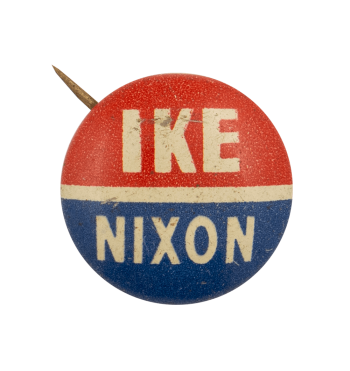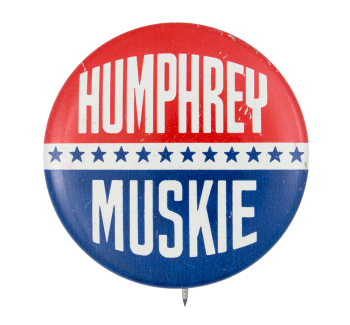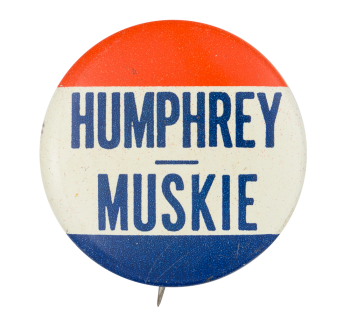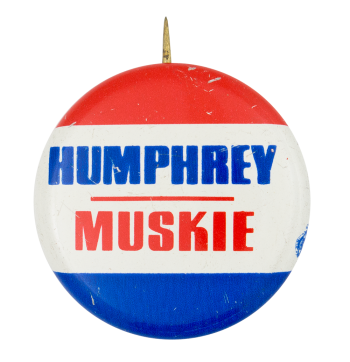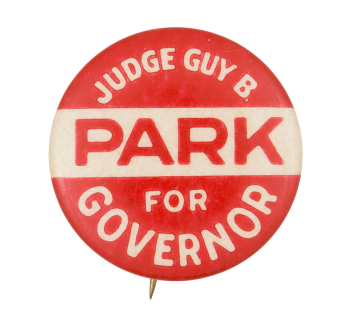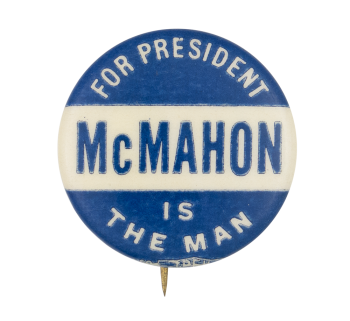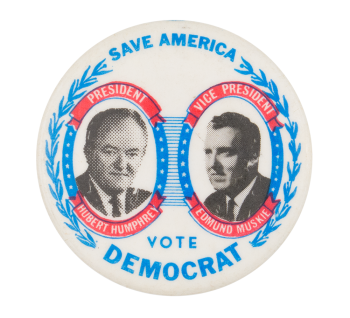Ike Nixon
| Category | |
|---|---|
| Additional Images | |
| Sub Categories | |
| Text on Button | IKE NIXON |
| Image Description | White text on a red, white and blue background |
| Back Paper / Back Info |
union bugs |
| Curl Text | union bug |
| Back Style | |
| The Shape | |
| The Size | |
| Year / Decade Made | |
| Additional Information | In 1952, World War II veteran Dwight D. Eisenhower (Ike) ran for President of the United States on the Republican ticket. California congressman Richard Nixon was Eisenhower's Vice President nominee. In both 1952 and 1956, they won and had what is considered one of the best administrations of the 20th century. Under Eisenhower, the interstate highway system was created, the quality of life for middle-class white Americans improved, and Alaska and Hawaii were added to the Union. Nixon devoted nearly his entire eight years to foreign policy affairs. His most famous event being an impromptu debate with Soviet Premiere Nikita Khrushchev in Moscow known as "The Kitchen Debate." |
| Catalog ID | PO0599 |

